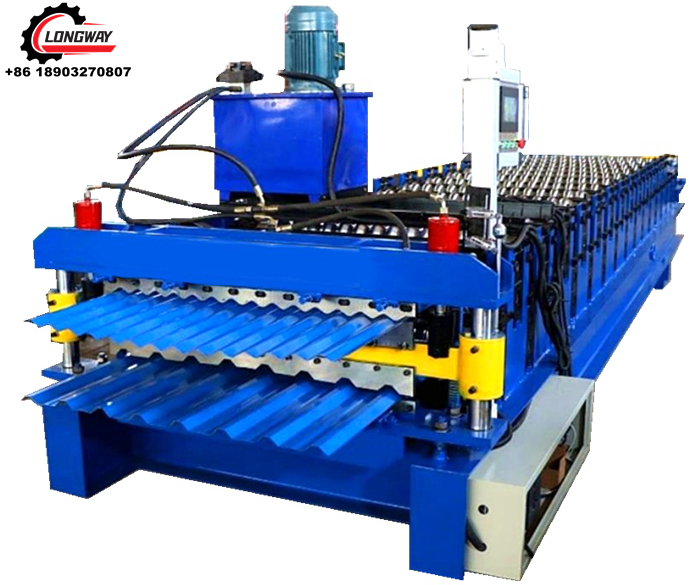Efficient Metal Slitting Line for Precision Cutting and Processing Solutions
Understanding the Simple Slitting Line An Overview
The simple slitting line is a crucial piece of machinery in the metal processing industry. It is primarily used for the slitting of large rolls of material into narrower strips, which are then used in a wide array of applications, from automotive components to construction materials. This article aims to provide an in-depth understanding of simple slitting lines, their function, components, and importance in manufacturing.
What is a Slitting Line?
A slitting line refers to a production line that converts large rolls of material, usually metal sheets or coils, into smaller strips of predetermined widths. This is achieved through a series of processes that include unwinding the coil, cutting it into strips, and recoiling the individual pieces. A simple slitting line, as the name suggests, is the basic version of this setup, characterized by ease of use and straightforward operation.
Components of a Simple Slitting Line
1. Unwinding Station The process begins at the unwinding station, where the large coil is mounted and fed into the slitting line. The quality of this station is critical, as it needs to handle coils of varying weights and dimensions without causing any damage.
2. Slitting Blades The heart of the slitting line. These sharp blades are set in a specific configuration to cut the material into strips of desired width. The blade setups can vary based on the material's thickness and type. The precision of these blades greatly affects the quality of the finished product.
3. Guiding System As strips are cut, they must be guided accurately to ensure uniformity and prevent any misalignment. The guiding system typically consists of rollers and tension controls that maintain tension on the coils, thereby ensuring a smooth transition through the cutting area.
4. Recoiling Station After the material is slitted, the individual strips are recoiled into smaller rolls. The recoiling process needs to be efficient to maximize productivity while ensuring that the strips remain intact and free of defects.
simple slitting line

5. Control System Modern slitting lines are equipped with advanced control systems that automate the process, from monitoring tension to controlling the speed of the line. These systems can often be adjusted for different types of materials and sizes, thereby enhancing versatility.
Importance of Simple Slitting Lines
1. Efficiency in Production Simple slitting lines help manufacturers increase their efficiency by automating the cutting process. This not only reduces labor costs but also minimizes errors, leading to consistent product quality.
2. Flexibility Simple slitting lines can handle a variety of materials, including steel, aluminum, and other metals. This flexibility allows manufacturers to meet changing market demands without investing in multiple types of equipment.
3. Cost-Effectiveness The simplicity of the design means that these lines are generally more affordable than complex slitting lines. For small to medium-sized businesses, this represents a significant advantage, allowing them to implement efficient manufacturing processes without large capital investments.
4. Quality Control Given that slitting impacts the end product's quality, having a reliable simple slitting line ensures that the strips produced meet the necessary specifications and tolerances, reducing waste and rework.
5. Scalability As businesses grow, their needs may evolve. A simple slitting line can often be upgraded or expanded with additional components to increase production capacity, making it a long-term investment for manufacturers.
Conclusion
In summary, the simple slitting line is an essential tool in modern manufacturing, especially within the metal processing industry. Its straightforward operation, combined with efficiency and versatility, makes it a preferred choice for many businesses. By ensuring high-quality production of narrow strips from large coils of metal, simple slitting lines play a vital role in the supply chain, supporting various industries and contributing to economic growth. Understanding these systems fully can help manufacturers optimize their processes and better serve their customers, thus maintaining a competitive edge in an increasingly demanding market.
-
Roof Panel Machines: Buying Guide, Types, and PricingNewsJul.04, 2025
-
Purlin Machines: Types, Features, and Pricing GuideNewsJul.04, 2025
-
Metal Embossing Machines: Types, Applications, and Buying GuideNewsJul.04, 2025
-
Gutter Machines: Features, Types, and Cost BreakdownNewsJul.04, 2025
-
Cut to Length Line: Overview, Equipment, and Buying GuideNewsJul.04, 2025
-
Auto Stacker: Features, Applications, and Cost BreakdownNewsJul.04, 2025
-
Top Drywall Profile Machine Models for SaleNewsJun.05, 2025








